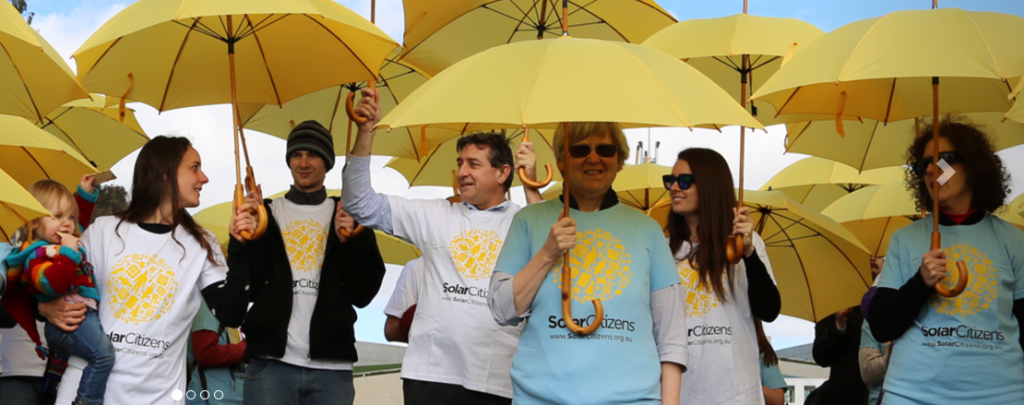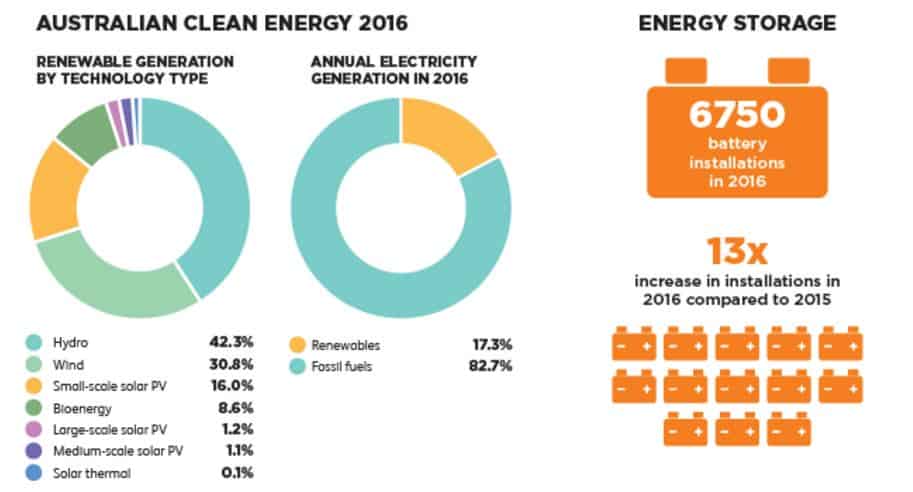Australia’s biggest seller of solar panels, Euro Solar, have been identified by the Clean Energy Regulator for installing non-compliant solar panels and claiming STCs from them. To qualify for the STC system, the panels need to be approved and validated by the Clean Energy Council – and these hadn’t.
About the Non-Compliant Solar Panels
An investigation by the Clean Energy Regulator (CER) found that Euro Solar claimed STCs (small-scale technology certificates) for 10 different rooftop PV solar installs despite using non-compliant panels. According to RenewEconomy, this was 1,058 STCs with a value of approximately $40,000. They’ve been asked to surrender the claimed STCs or replace the offending modules.
The next step, according to the CER website, is for P&N to validate serial numbers on solar modules for 78 installations within the next 12 months, and an additional 100 installations within 18 months. The relevant installations have already been flagged by the CER.
You can read more about the CER’s ‘current enforceable undertakings’ by clicking this link.

Euro Solar’s previous problems
A ‘winding-up’ order was issued to Euro Solar’s parent company, “P & N NSW Pty Ltd” back in June – which was dismissed by Euro Solar as a “miscommunication”, according to One Step Off The Grid. Euro Solar’s claims appeared to be substantiated and they also produced a notice for their website indicating that they “remain focussed and committed to provide our customers with a high level of service and at a cost-effective price.” A post about the situation has been deleted from Renew Economy’s website as well, so it appears this was an erroneously sent ‘winding-up order’.
This comes on the back of Euro Solar being fined $145,000 in 2014 for making false and misleading representations, namely that their Chinese made solar panels were Australian, and also for publishing fake video testimonials on Youtube and fake written testimonials on its website.
You can click here to view the press release from the Federal Court.
The fake testimonials and misleading representations about their solar panels were made online, in newspapers and on TV between November 2012 and September 2013. According to the court ruling, they were brought to the ACCC’s attention by competing businesses – for example Solar Choice published an article about the fine in January 2014 where they advised they wrote to a consumer advocate organisation about Euro Solar’s advertising.
It’s good to see the industry self-regulating like this, when misleading information can harm solar energy and the Australian solar power industry as a whole. However, if something does happen to Euro Solar, what will become of warranties and repair? This goes to show it can be worth paying a few extra dollars to invest in quality panels from a reputable installer – the recent sharp drop in small scale renewable energy certificates has left a lot of installers who are on wafer thin margins out in the cold (or awfully close). Solar panels are a long term investment – make sure you do your due diligence before committing to a certain installer or brand!




